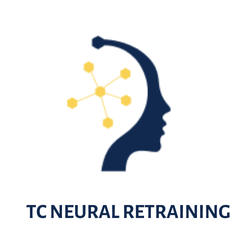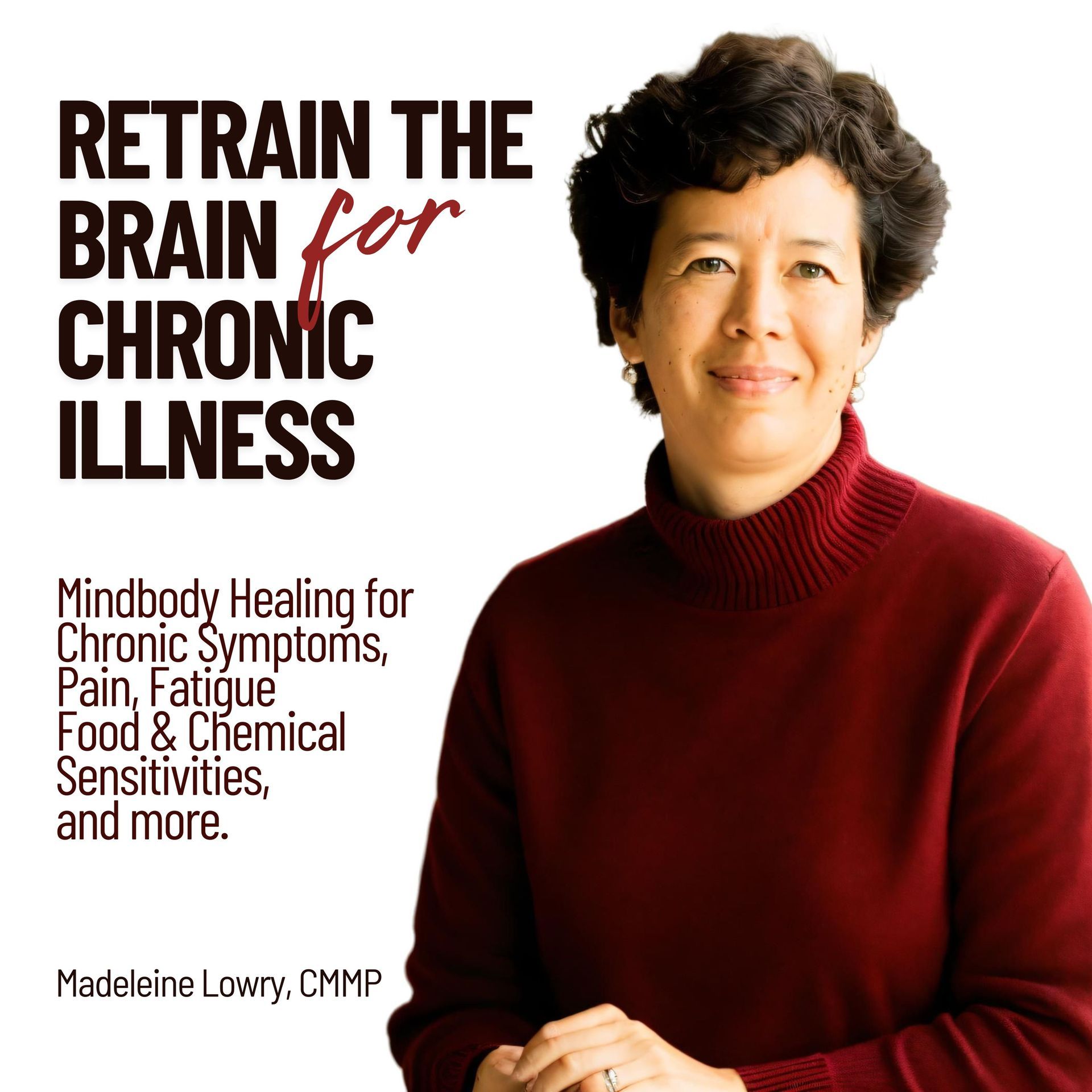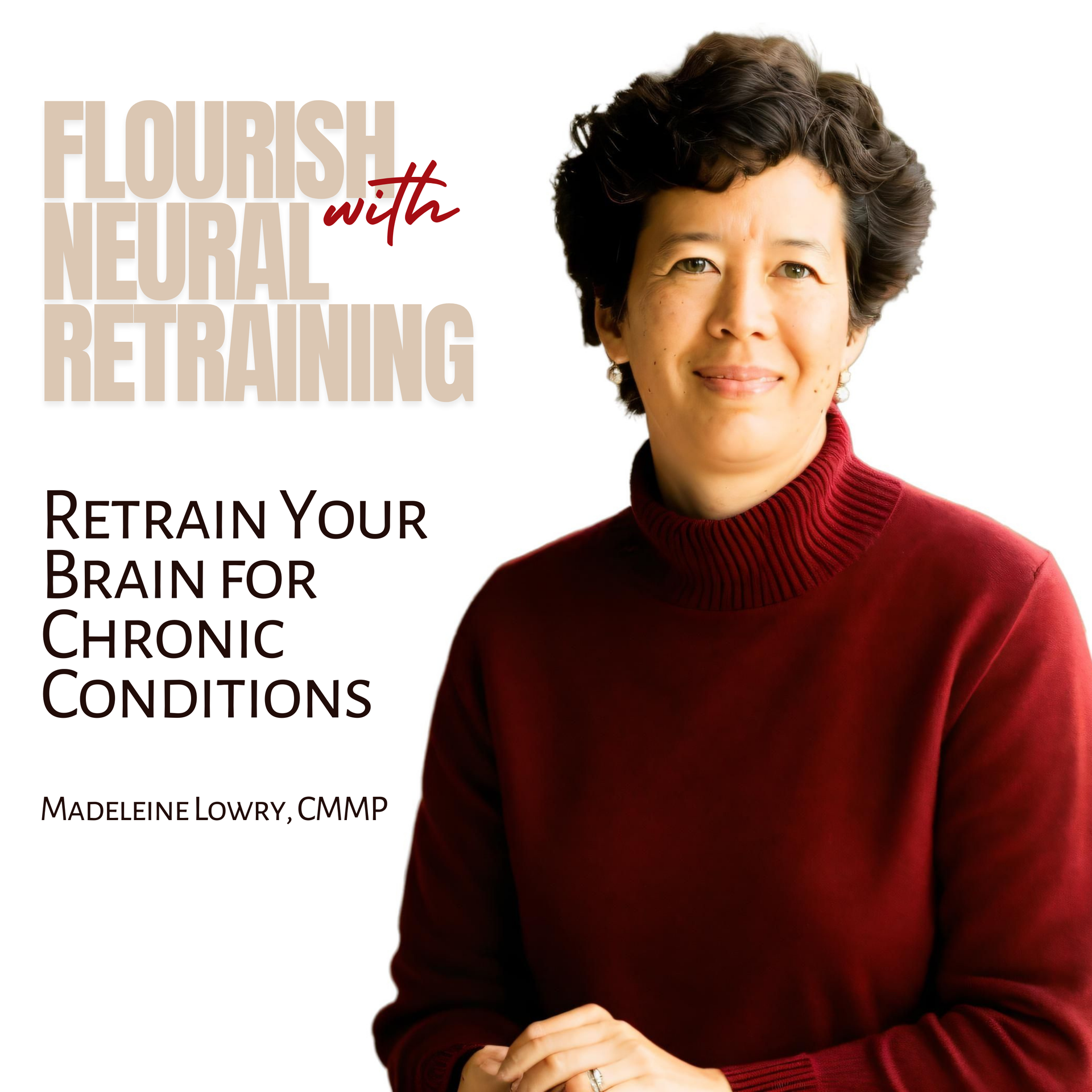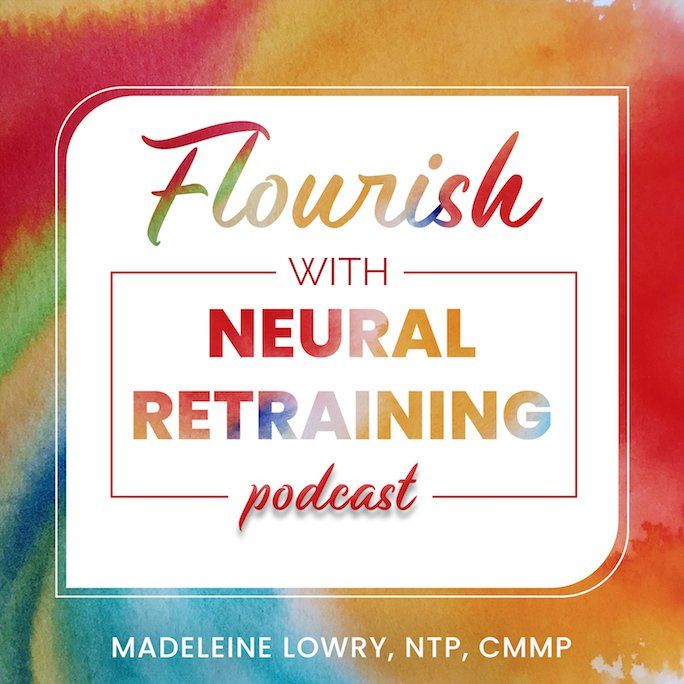How Can You Relieve Anxiety by Retraining Your Brain?
Learn how you can retrain your brain to resolve long-standing patterns of anxiety easily and quickly, including social anxiety, performance anxiety, phobias, panic attacks, health anxiety, and generalized anxiety.

“I went through 4 sessions focused on my anxiety and I'm so glad I did. I’m no longer having physical issues, I’m a lot happier and calmer throughout the day. My wife constantly comments on how happy I am and how little stress she sees in my face and hears in my voice.” - Alex
In episode 55 of the Flourish with Neural Retraining podcast, MAP for Anxiety, you'll hear stories from my clients, their struggles with anxiety and how they resolved these patterns with advanced neural retraining sessions.
Hear about Alex and how generalized anxiety can be associated with gut issues. Listen to Carter’s experience of acute anxiety and how early life trauma can predispose us to panic attacks. We also talk about Andy and how complex factors can promote anxiety including perfectionism, empath tendencies, and anxiety about anxiety.
Let's review 3 key insights about retraining the brain for anxiety:
Insight #1: Anxiety patterns are a conditioned response learned by the subconscious mind, and anything that has been learned subconsciously can be unlearned.
Why are you anxious in certain situations? Have you ever thought about that? Have you ever wondered why certain things make you anxious, and not others? And how different people can have different triggers for anxiety? Have you assumed that it’s ‘normal’ to be anxious in certain situations like interviews, public speaking, being in the dark, or taking tests?
The truth is that we are born with only two fears: the fear of heights and the fear of loud noises. All other fears are learned.
Now, fear is a feeling that you have about present circumstances, while anxiety is an anticipatory fear-- fear of the future. So, when we talk about anxiety, we are talking about a fear response to something that hasn’t happened yet, except in our mind.
Anxiety is a learned response. Where is it learned? In your subconscious mind. You didn’t mean to learn it, didn’t want to learn it, but you have. And now that response is automatic.
What if you could change what your subconscious mind has learned? What if you could replace it with something else, a different response? What if this learned anxiety response is like a bug in the operating system of your mind and you could do a ‘bug fix’?
Well, that is exactly what we can do with advanced neural retraining. What is wonderful about this method, the MAP Method(TM), is that you can work with the subconscious level of mind simply and easily with the guidance of a practitioner.
As the client, all you have to do is be able to close your eyes, relax and focus on a memory of a situation where you felt anxious. The practitioner instructs your mind in how to rewire itself and your learned response starts to change.
How long does it take? Well, simple phobias are often resolved in one session. From there the more complex the pattern, the more generalized the anxiety, or the more anxiety triggers there are, the more sessions it could take. But, most people see significant results within 3 sessions.
Learn more:
- Watch the video: How the MAP Method works
- Watch brain wave studies taken during a MAP session
- Hear clients talk about their experiences with the MAP Method and the results they've seen in resolving anxiety patterns on our podcast.
Insight #2 - Your brain is a self-healing system. The MAP Method taps into this self-healing process to make the changes you desire.
Your brain has an innate ability to heal itself. This includes unlearning conditioned behaviors that we no longer want or need, resolving anxiety, depression or anger patterns, or neutralizing painful emotional memories (often called traumas.) You can also change mental and behavioral patterns like obsessions, compulsions, catastrophizing, procrastination, perfectionism, people-pleasing and more.
Does this surprise you? Have you assumed that these kinds of changes would be impossible or at least very difficult to make, requiring months or years of hard work?
Many neural retraining methods do require a lot of work--hours and hours of repetition of scripts, affirmations, visualizations and other exercises. Those kinds of methods are slow and repetitive because they are working with the conscious mind to try to change something in the subconscious. And that is a long hard road.
The MAP Method is an advanced method. It’s designed to work directly with the subconscious. Unlike hypnosis, you are not in a trance state. You are in a relaxed meditative state during a session, hearing and responding to the practitioner. Your subconscious mind is in control of the session. You and your practitioner select the topic for the session, and you set your goal or intention to guide the session. Your brain rewires itself during the session based on the instructions offered by the practitioner, no practice needed.
You may be wondering how this could possibly work. This may not sound like anything you’ve heard of before. It’s true, most people have never heard of the MAP Method before, and that is because it is the latest energy-psychology method. It’s less than 10 years old and there are fewer than 200 practitioners in the world.
You’ve probably heard of Eye Movement Desensitization and Reprocessing (EMDR), or Emotional Freedom Technique (EFT), also sometimes called tapping. These are the energy-psychology techniques from the 1980s that were precursors to the MAP Method. It took decades for them to be well accepted, to be known by practitioners, and covered by insurance. Why are they referred to as energy methods? These techniques use bilateral stimulation (EMDR) or tapping on acupressure points (EFT) to release or break down an emotional or mental response encoded as an energy pattern.
MAP is the next generation. It is gentler and more powerful than EMDR, and goes deeper than tapping. No equipment is required other than what you need to join a Zoom meeting—your laptop, phone or device. With MAP bilateral stimulation or tapping is not needed. Your brain rewires itself quickly and efficiently.
MAP stands for Make Anything Possible, and you could say it is a very effective way of reprogramming the subconscious mind.
Learn more:
- Read the article: What is the MAP Method?
- Check out our blog post: Why Haven't I Heard of the MAP Method?
- Read: How does the MAP Method Compare to EMDR or EFT.
- Learn more about the difference between basic and advanced neural retraining methods
Insight #3 - Working with your emotional health has benefits for your physical health.
Do you know what my clients like even more than resolving their anxiety? They love resolving their chronic physical symptoms like irritable bowel, neck and shoulder tension, headaches, brain fog, fatigue, shortness of breath, frequent urination, sensitivities, skin issues and many others.
How can that work? Because as we resolve emotional issues, like anxiety, we take a burden off of the body that keeps us in the stress response. Then, by continuing to work with the MAP Method, we see improvements in mental and behavioral patterns that also put a stress on the body. And as each layer of subconscious stress is resolved, the body has more resources to heal itself.
You can learn more about this by reading our blog post: How does emotional health affect physical health?
The body is a self-healing system, just like your brain. It just needs a little help, the kind of help we can offer in a set of MAP sessions.
As you have heard, stress is bad for physical health. And that is because every stressful thought or emotion promotes the stress response, also known as fight, flight or freeze. When we are in the stress response our body shuts down all healing functions. This is based on the ancient hardwiring of our nervous system—the autonomic nervous system (ANS) that runs all the functions of the body.
In our lives as cavemen, this made a lot of sense. When a tiger shows up, it's not time for digestion, nutrient uptake, detoxification, reproduction, wound healing, or any other nice-to-have restorative functions. The body halts all of that until the danger is over—until we escape the tiger. And that worked very well because back then threats were infrequent and fleeting.
In our modern lives, threats look like the deadline at work, the traffic that is going to make you late, the bill you have to pay, or that conversation you’re avoiding. It looks like every worry thought, and negative emotion you have each day, every day. In our modern lives, threats are all too common and occupy our minds far too long. And, they inhibit our ability to maintain or recover our health.
Over time, by working with your automatic negative emotions, thoughts and responses, you'll spend less time in the stress response, which then allows all healing functions of the body to come back online. First you'll feel emotionally more stable, more peaceful, then you notice mental changes like fewer negative thoughts, or the silencing of the inner critic. Certain behaviors may change — the way you are in relationships, or less procrastination or perfectionism. And then, and this is usually the last stage, you notice that chronic health issues or symptoms are starting to resolve. That’s your body healing itself.
How long does this take? Well, in truth it varies. I usually say at least 6 sessions, but this is very individual. Why? Because every person is unique. Your experiences and your health issues are unique, and your goals are unique as well.
For some of us it takes longer to untangle all the complex patterns. This is especially true of people with more significant trauma histories, multiple symptoms and conditions, or complicating factors like OCD which make the patterns more entrenched.
For many of my clients, working with the mind is the missing puzzle piece to accelerating their healing. And I should mention that MAP sessions are complementary to any other modalities or treatments you are pursuing. Why? Because the mind is powerful, and you can accomplish more, and more quickly, by working with the mind instead of against it.
Try MAP for yourself:
- Try a MAP session with the Introduction to MAP Program.
- Learn more about MAP with one of our free courses.
- Try a free preview of the MAP for Anxiety & Depression Program.
- Find a MAP Practitioner through the MAP Coaching Institute.
Conclusion: The MAP Method of advanced neural retraining can help you to resolve anxiety patterns, heal trauma, and improve your emotional, mental and physical health. Make anything possible with this powerful, gentle and easy method.
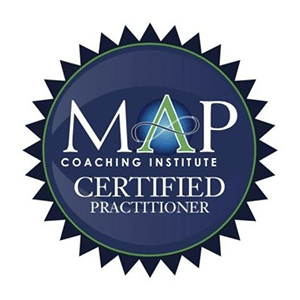

Madeleine Lowry, NTP, CMMP
Certfied MAP Method Practitioner
Madeleine specializes in neural retraining for chronic conditions. As a Nutritional Therapy Practitioner, she worked with many clients who were interested in eliminating allergies, sensitivities and intolerances. After learning a basic method and seeing its limitations, she trained in an advanced method of retraining the brain and now offers MAP sessions over Zoom and online self-paced programs for Anxiety/Depression, Sensitivities, Chronic Pain, Self-Healing, and COVID Long.
Related Posts

